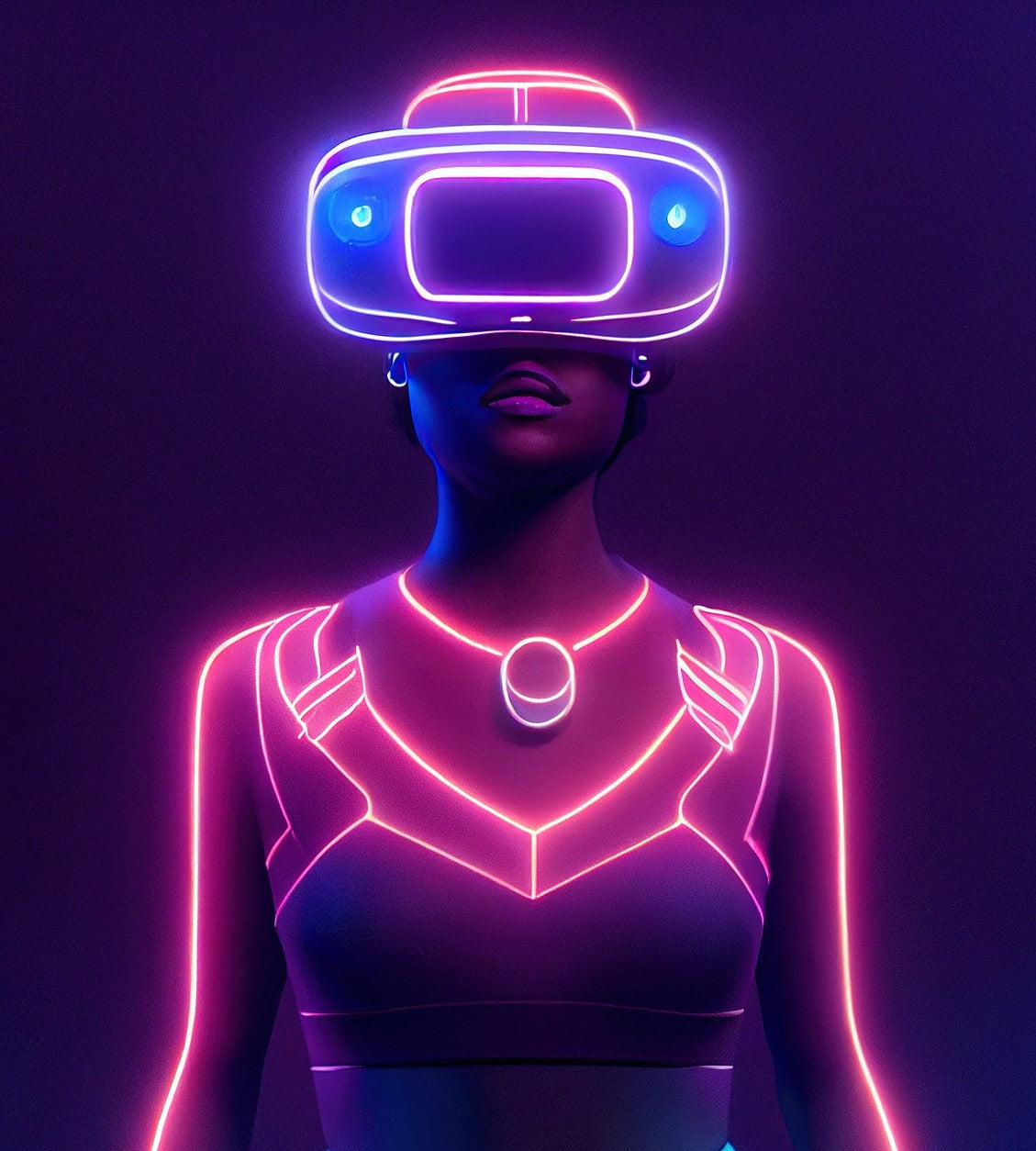
Afrofuturism is a genre of art that has been gaining popularity in recent years, particularly in the visual arts. It is a fascinating movement for the ways in which it explores the intersection of African culture, science fiction, and technology.
At its core, Afrofuturism is an artistic and cultural movement that envisions a future where African culture and people are central. It combines elements of science fiction, fantasy, and mythology with African culture and history, creating a unique and imaginative world that celebrates and uplifts the African diaspora. This movement emerged in the 1950s and 1960s with writers such as Octavia Butler and Samuel R. Delany and has since expanded to include visual artists, musicians, and filmmakers.
In visual art, Afrofuturism can take many forms. It can be paintings, sculptures, installations, or digital art. The key is that it incorporates elements of African culture, history, and mythology with futuristic themes and imagery. For example, an Afrofuturist artwork might depict a traditional African village with advanced technology or explore the relationship between African spirituality and science fiction.
One of the most interesting aspects of Afrofuturist art is the way in which it challenges traditional Western notions of art and beauty. Afrofuturist art often incorporates non-Western artistic styles and techniques, such as African textiles, masks, and sculptures. This can create a new and refreshing visual vocabulary that celebrates the diversity of global artistic traditions.
Another important aspect of Afrofuturism is its ability to empower and inspire marginalized communities, particularly those of African descent. By envisioning a future where African culture and people are central, Afrofuturist art can inspire a sense of pride and self-worth among people who have been historically marginalized or oppressed.
In my own work, one might find Afrofuturist themes and imagery. Some pieces explore the rich cultural heritage of my country and continent with an envisioned future that is inclusive and uplifting for all people. Incorporating elements of science fiction and fantasy into artwork can create a new and exciting visual language that celebrates the diversity of African culture and its potential for the future.
Afrofuturism is a fascinating and dynamic movement that has the potential to reshape our understanding of art, culture, and the future. Whether through paintings, sculptures, or installations, Afrofuturist art has the power to inspire and empower us all.
